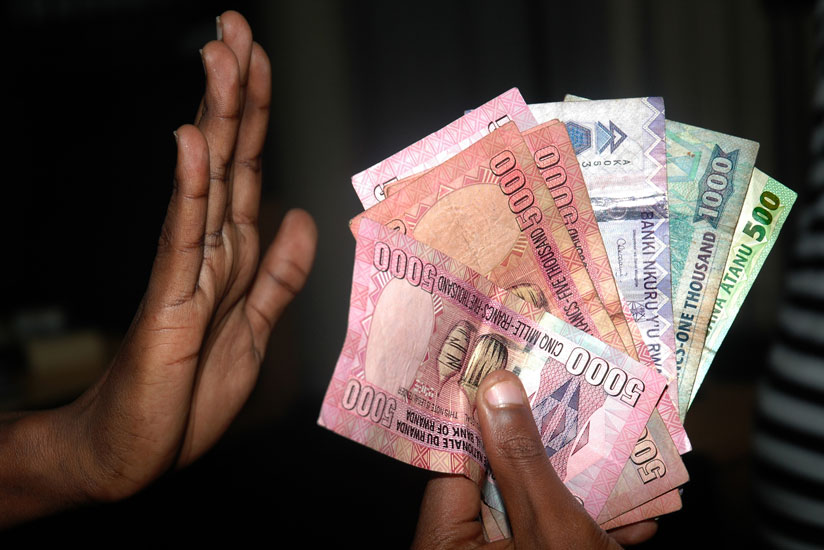Editor, I understand the number of subscribers both on ATMs and mobile payment services has increased, but with ATMs,, it is just a convenient way of getting cash for people.


Editor,
I understand the number of subscribers both on ATMs and mobile payment services has increased, but with ATMs,, it is just a convenient way of getting cash for people.
For mobile payment services, if we talk about mobile money alone, the major services use cash in/cash out as well as transferring money to relatives.
I believe when we talk about cashless economy, it is the ability to limit the use of cash thus we still have a long way in terms of paying utilities and other items with either smart cards or mobile money.
So talking about those strategies, what are they exactly?
K. E.
*****************
This is actually a very interesting discussion, and I thank those who have sparked it off.
I would like to highlight something: for the e-payment to be effective, it has to be two ways. The payer has to be able to pay, and the receiver has to be able to receive the payment.
In this case, the key stakeholders in the e-payment ecosystem have done quite a commendable job. Banks have provided cards, internet banking, mobile banking, and many more facilities to use while paying, and so have the telecom companies.
The Government of Rwanda has provided the environment while the central bank has provided the guidelines to follow; so the onus in now on the service providers to be ready to receive the payments.
For example, if I go to a restaurant—(only a few do accept VISA/MasterCard cards), can I be able to pay for my meal using mobile banking services? If I go to buy a shirt somewhere in a shopping mall, can I be able to pay using the same?
This is the next step that all of us have to work on so that we achieve the full e-payment potential. Thank you.
Nkuba
Reactions to the letter, "What is hampering e-payment take-off?” (The New Times, December 6)


